Perreault Plasma Valve Stage 1 Disclosure
I just wanted to say thank you to tswift, Mwtj and Serendipitor for keeping the PPV details a secret.
I know this next move will be appreciated as they won't have to conceal any part of the device from anyone.
I won't have to photoshop any pictures either.
I present to you the Perreault Plasma Valve Stage 1
These pictures are courtesy of tswift & Serendipitor:
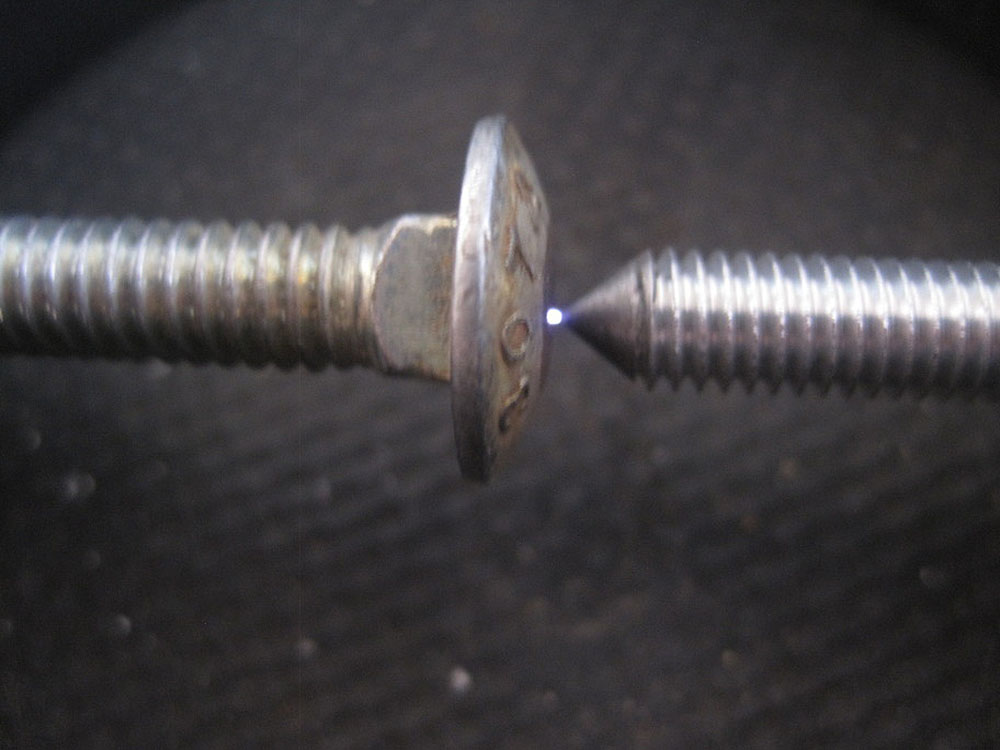

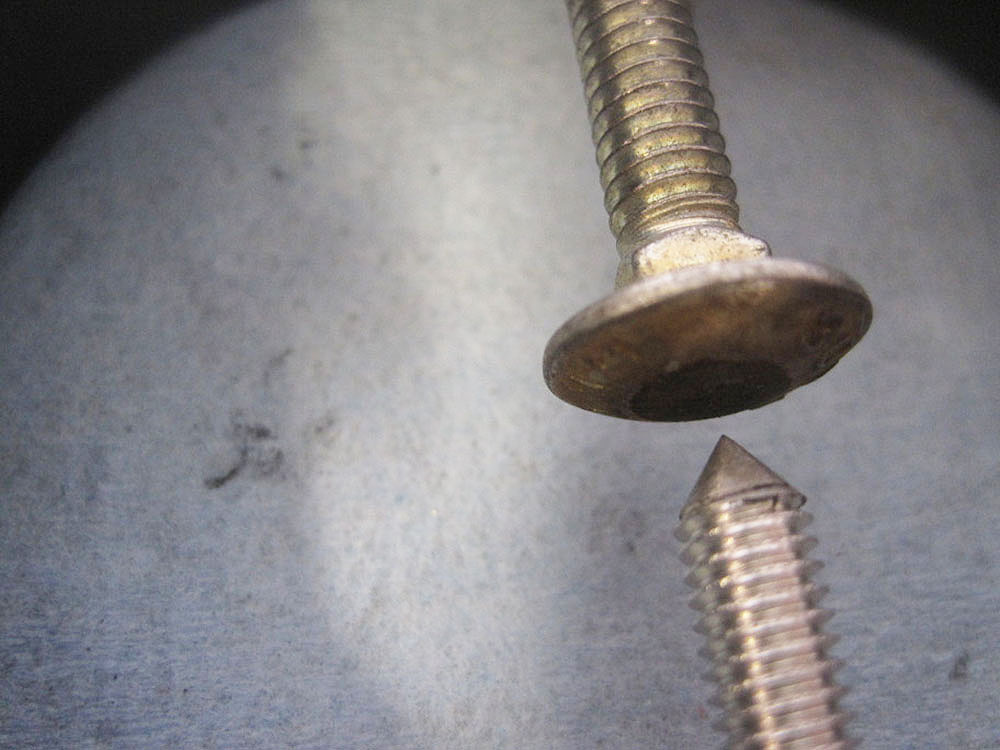
The anode should be made from aluminum.
The cathode should be made from iron. (Steel is close enough)
However, there is a little twist in the story
The most efficient PPV Stage 1 can be made by having a domed anode and a pin point cathode!
So opposite of what is shown in the pictures.
If you have access to a lathe then I'm sure you can make a better dome.
The finer the threads the more adjustable your PPV will be.

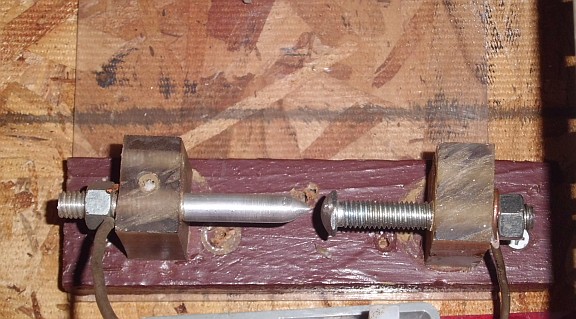
Not many inventors get to invent there own electrical components and symbols.

What is a PPV?
It is an ultra high frequency, high voltage, plasma diode. It is the key component that will allow you to tap the endless sea of ions for your electrical needs.
Moray used radioactive material to break down the gap resistance. The PPV uses dissimilar metals to do the same thing.
Originally posted by Wistiti
View Post
I know this next move will be appreciated as they won't have to conceal any part of the device from anyone.
I won't have to photoshop any pictures either.
I present to you the Perreault Plasma Valve Stage 1
These pictures are courtesy of tswift & Serendipitor:



The anode should be made from aluminum.
The cathode should be made from iron. (Steel is close enough)
However, there is a little twist in the story

The most efficient PPV Stage 1 can be made by having a domed anode and a pin point cathode!
So opposite of what is shown in the pictures.
If you have access to a lathe then I'm sure you can make a better dome.
The finer the threads the more adjustable your PPV will be.


Not many inventors get to invent there own electrical components and symbols.

What is a PPV?
It is an ultra high frequency, high voltage, plasma diode. It is the key component that will allow you to tap the endless sea of ions for your electrical needs.
Moray used radioactive material to break down the gap resistance. The PPV uses dissimilar metals to do the same thing.

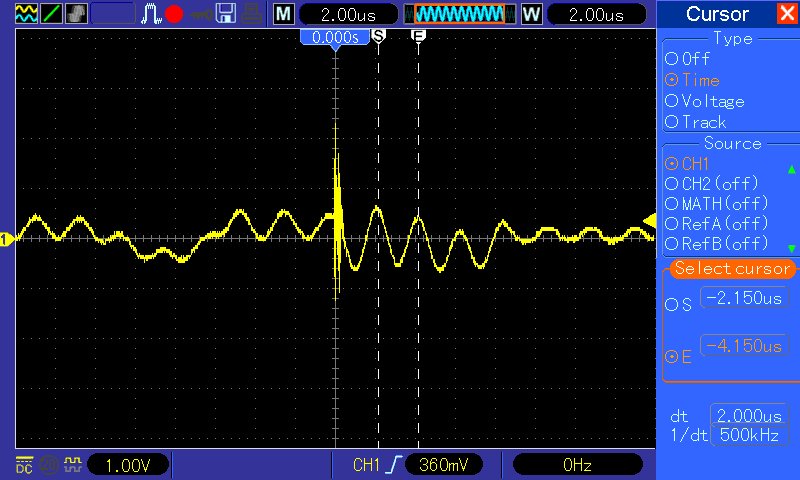



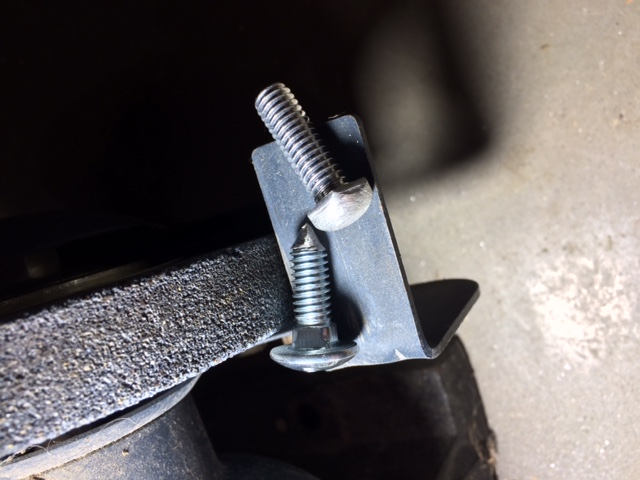
 )
)
Comment